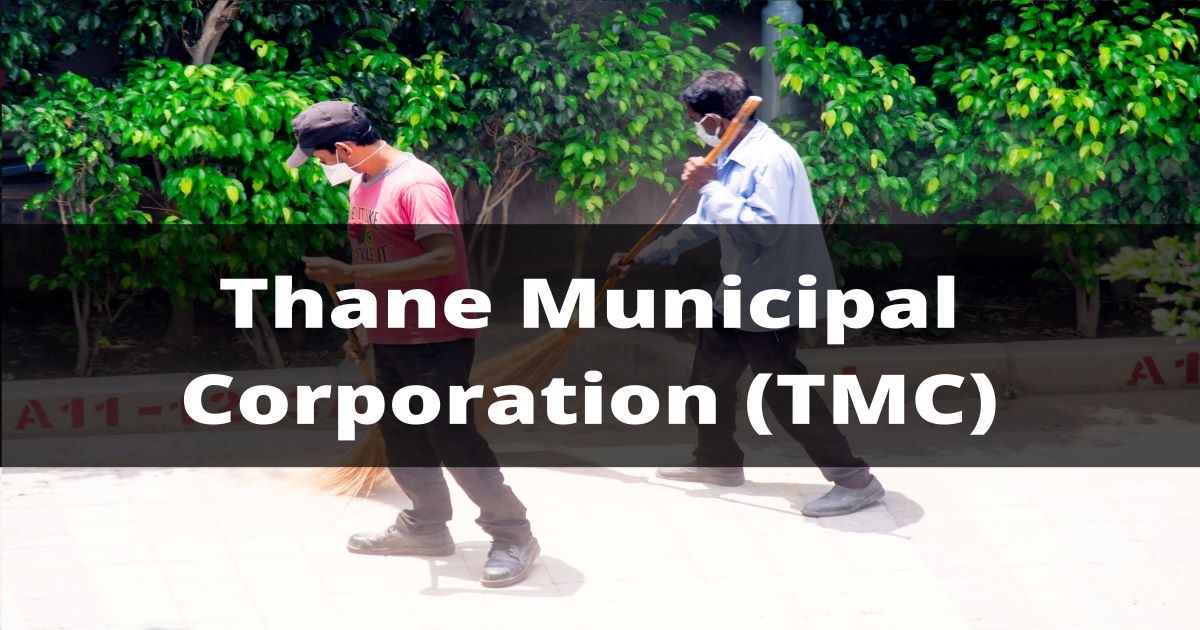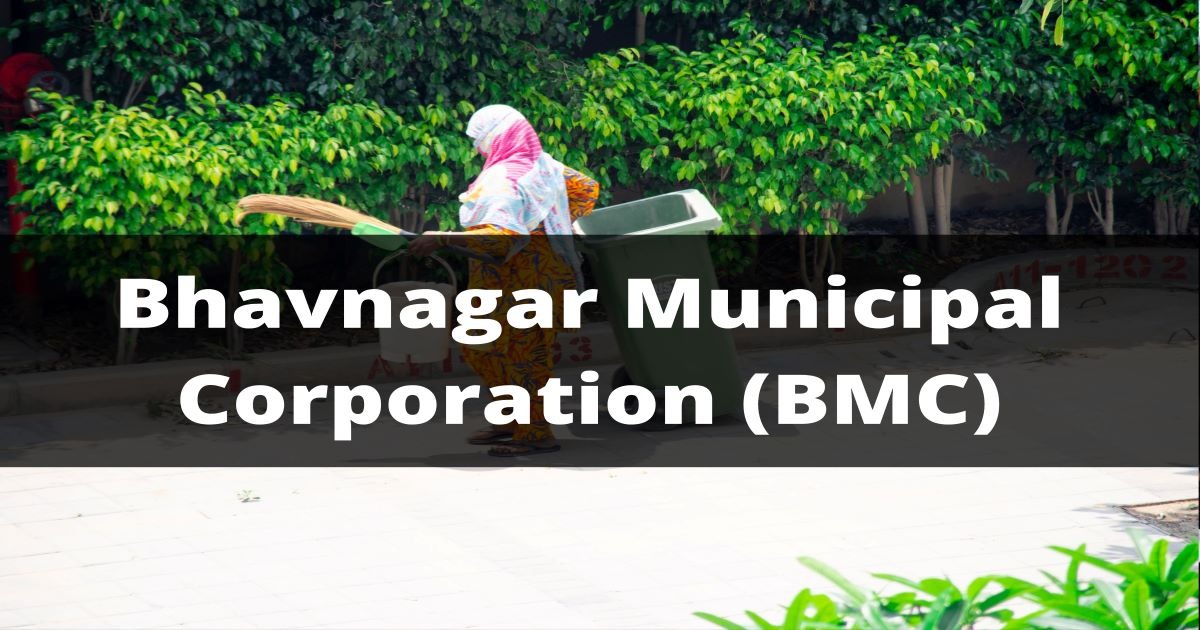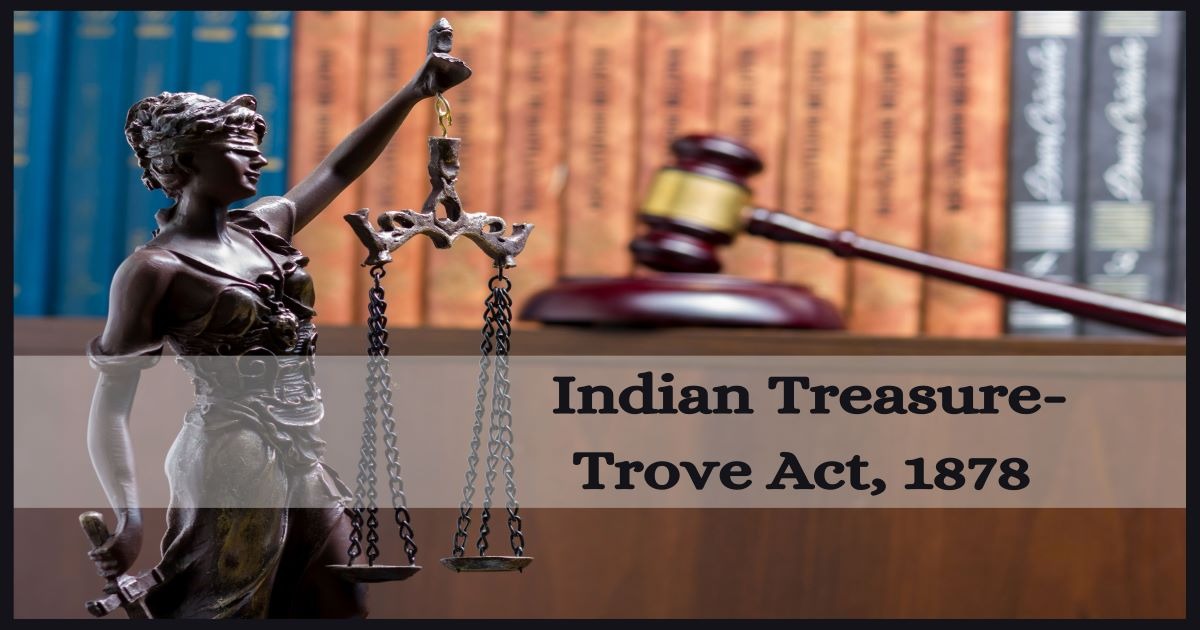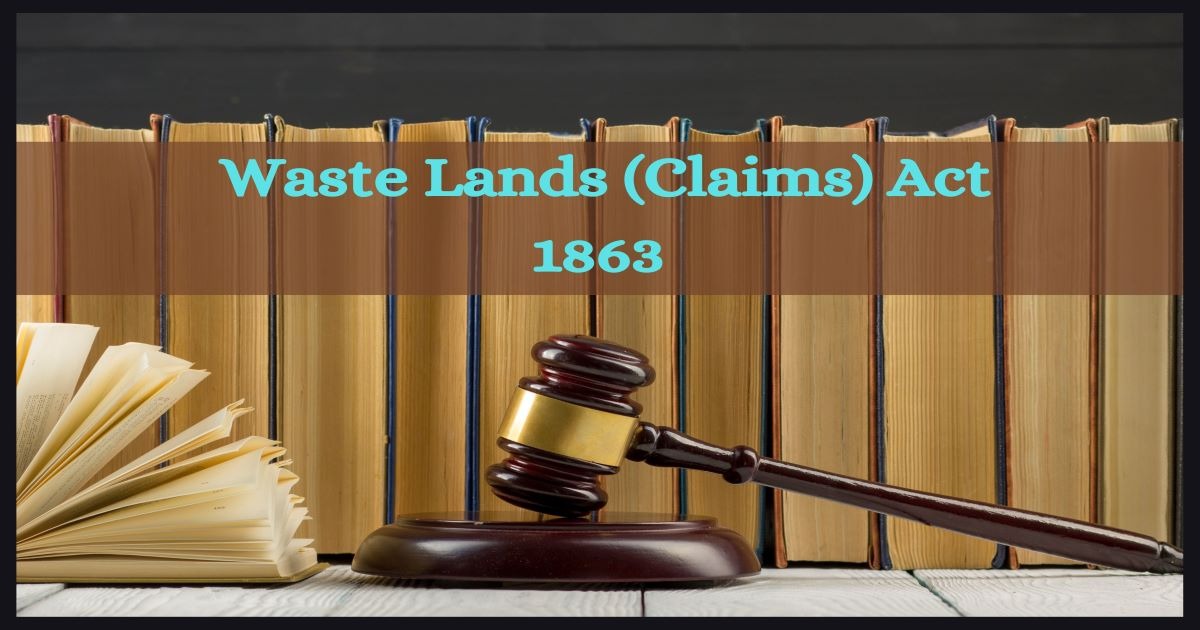RBI introduced Loan restructuring in 2020 (Home loan moratorium 1.0) and the second home loan moratorium in 2021. This loan restructuring 2.0 is on the lines of the first loan moratorium subjected to some modifications. The second loan moratorium will help the small-scale businesses, MSME’s and individual borrowers get relief from the temporary EMI payments and save them from loan repayment defaults. Because in this Covid-19 pandemic, most loan seekers face a financial crisis, they are unable to repay the loans, which results in increasing interest rates and penalties. The worst thing is that the default in loan repayment is added to one’s credit history, which reduces credit availing in the future.
Before entering into the discussion, we need to know what exactly a loan moratorium is? Loan moratorium introducing capacity vests with the central financial authority in the country, i.e., Reserve Bank of India( RBI). The central government announced a monetary policy to protect the people from huge economic distress in the country, which is a temporary suspension of repaying the EMI’s like a relief measure. Due to the coronavirus disease impact, RBI announced the Loan moratorium to protect the people facing financial hardships.
RBI Loan Moratorium 2.0:
On May 5th, 2021, the loan restructuring resolution framework 2.0 was notified by RBI Governor Shaktikanta Das to approach the financial crisis being faced by the people due to Coronavirus second wave and requested the banks to support the people by allowing the loan moratoriums to restructure the loans as the 2.0 resolution passed by the government is on the lines of the 1.0 resolution framework. But a new window opened through the 2.0 resolution framework, i.e., the small businesses, individual borrowers who availed the loan restructuring in 2020 where they had availed less than 2 years moratorium. Such borrowers can restructure their loan moratorium plans and extend them to 2 years in the second loan moratorium plan. Moreover, the loan receivers who enrolled for the benefits of the loan moratorium 2.0 will defer the loan repayments in the moratorium period.
RBI agreed to lend Rs. 50,000 crores as a support to the banks for lending new loans to the vaccine manufacturers, suppliers of oxygen, suppliers of ventilators, importing/ exporting of vaccines/ any covid drugs, necessary medical devices, pathology labs, logistics firms, and patients. New loans can be availed at a repo rate on March 31, 2022, and the loan moratorium is applicable for up to 3 years.
Permitted features and implementation of the loan moratorium 2.0
- The 2020 moratorium permitted the deferment of loan payments in the moratorium period. Whereas the 2021 moratorium is about restructuring the loan terms, which offers flexible repayment options such as rescheduling of payments, revisions in working capital sanctions, conversion of interest which accumulated into another credit wing, and moratorium grants subjected to checks on income. However, these repayment options do not include compromise settlements.
- The moratorium period is for 2 years at the most, which shall come into force immediately after implementing the scheme.
- In loan restructuring 2.0, borrowers can avail of extension of the residual tenor of the loan with or without the moratorium payment. The total extension of the residual tenor (including the moratorium period, if any ) will be 2 years.
- Transferring a portion of the debt into equity/ other non-convertible debt securities issued by the borrower is allowed by this resolution framework 2.0.
Then comes the question of what if the borrower has multiple loans. In that case, the borrower can avail of this opportunity for all the loans. But, it is the discretion of the bank to allow loans for multiple accounts or not. Therefore, the borrower has to check with the concerned banks regarding the multiple loan moratorium.
RBI Loan Moratorium 1.0:
During the first wave in 2020, RBI announced the house loan moratorium 1.0 (House loan moratorium 2020) for the people who are affected by the pandemic. It was first allowed for 3 months, i.e., from March 1, 2021, to May 31,021. Then it was extended to another 3 months, i.e., till August 31, 2021, which was further extended till December 2020. In addition, RBI in resolution framework 1.0 allowed the loan moratoriums on the following payments:
o Credit card dues
o EMI’s (Equated Monthly Instalments)
o The principal sum and the interest on it
o Bullet repayment
Eligibility conditions for Loan Moratorium 2.0:
2.0 loan moratorium will apply only to eligible people. The eligibility criteria for home loan moratorium 2.0 are:
- People who did not avail of the opportunity of loan moratorium in the 1st resolution are allowed to avail of the opportunity in loan moratorium 2.0.
- There should not be any defaults in the loan repayment history till March 31, 2021, i.e., the borrower’s loan should be classified as ‘standard’ by the lending institution.
- This applies to Individual borrowers, MSMEs (who did not restructure their loans in 2020), and small businesses.
- It applies to the borrowers whose total exposure in the term loans or housing loans is maximum of Rs. 25 crores.
- Borrowers who are going through financial stress due to COVID-19are only eligible.
- All EMI-based loans and credit cards are eligible for loan restructuring.
- This facility is available for NRIs also.
Can a borrower be eligible for the Loan moratorium for the second time?
Yes, the borrower who is already benefited from the RBI’s loan moratorium 1.0 can also get the second loan moratorium opportunity in resolution 2.0. Moreover, they are allowed for the loan moratorium extension of up to 2 years as a part of loan restructuring. Also, the borrowers who avail 1.0 loan moratorium option for less than 2 years, can grab the opportunity under the 2.0 loan moratorium, and they can extend their moratorium period up to 2 years. However, the eligibility criteria in the second moratorium are different from the first.
Who is not eligible?
The financially prudent people, whose financial wall is not destroyed by COVID-19, are advised not to avail the benefits of loan moratorium 2.0, assuming they are cash surplus and capable of repaying the loan. The borrowers that fall under the category of NPA (Non-performing assets) and who have benefited from any bank restructuring policies are not eligible for this framework.
How to apply?
The borrowers can visit any bank and fill the application for loan restructuring 2.0. They can apply till September 30, 2021. Some banks are also considering the online application requests, which can be done by visiting the concerned bank’s website, while some banks are instructing mandatory visits to the bank. Only the people who fit under loan moratorium 2.0 eligibility criteria can apply. After applying, the bank will approve the application and offer the loan moratorium within 90 days from the application after going through the borrower’s credit history.
There are some factors that the borrower needs to know before availing of the loan moratorium. They are:
- Obtaining the loan moratorium is not waving off loan repayments. On availing of the loan moratorium, loan tenure can be extended but not waived.
- The banks will recover the accrued interest on the loan either in the loan repayment tenure or by the bullet repayment.
- The interest on the EMI’s is not waived. The borrower needs to pay the interest on the deferred EMI’s.
- The loan moratorium will not fall under negative credit history.
- The loan moratorium is optional to the customer. There is no compulsory provision.
Invocation of resolution process:
▪ The lending institutions like Banks and NBFCs shall approve the Loan moratorium policy within 4 weeks from the date of RBI’s circular.
▪ This resolution has to be implemented only on the eligible borrowers who are mentioned above.
▪ Lending institutions have to follow the central government’s policy instructions in respect to whom the lenders are implementing the scheme.
▪ These lending institutions have to redress the borrowers’ grievances who are availing of the loan moratorium scheme.
▪ This loan restructuring policy should be made available to the borrowers on the lending institutions’ websites to easily access the resolution framework information and effortlessly avail of the loan moratorium.
▪ The decision of the lending institutions whether to invoke loan moratorium 2.0 or not should be informed to the borrowers who applied for, within 30 days.
SC hearing:
PIL was filed in the SC seeking the 6 months loan moratorium on term loans and waiving of the interest for 6 months during this corona pandemic. However, SC said that it is the central government’s call in deciding such financial policies and allowed the petitioner to give his representation to the central government.
Also, in 2020 SC directed the central government to waive the interest during the moratorium period on 8 categories of loans which paid up to Rs. 2 crores (those 8 categories are MSME’s, housing loans, education loans, loans on consumer durable, credit card dues, automobile EMI’s, personal loans, and consumption loans). SC did not find any rationale behind such waving options and directed the banks not to charge compound interest/ penal interest/ interest on the EMI’s on any borrower during the moratorium period. If the interest is charged on any EMI’s by any bank, then the borrower is allowed for the refund, or the bank can consider such interest in paying further EMI’s. But it is also mentioned that waving off the complete interest is not allowed because banks have to pay interest for other schemes like pensioners and depositors.
Advantages:
1) The borrower who is in financial distress can legally escape from the loan repayment in the moratorium period.
2) In case of loan default, the borrowers can escape from the high rates of interest and penalties.
3) This policy helps the borrower not enter into the negative credit history, resulting in the non-sanctioning of any other loans in the future.
4) Decreasing the financial burden on the borrowers who are financially affected by the covid-19.
5) No penalties and processing fees are imposed for availing the moratorium, and banks are not allowed to charge such penalties.
Drawbacks of RBI’s loan moratorium 2.0:
A loan moratorium is a temporary suspension of paying the EMI’s, where the borrower has to repay the loan after the moratorium period ends. The total interest on the principal amount calculated at once will become a huge burden on the borrower because he has to pay a high amount of EMI’s. Therefore, the actual term of the loan will be extended by a minimum of 6 months and a maximum of 10 months.
Conclusion:
Coronavirus has a great impact on a nation’s economic situation. In such a critical time, Introducing the second loan moratorium plan by RBI is considered as the need of the hour. It is a big step towards reviving the nation’s economic growth. Implementation of such a plan helped many individual borrowers and small businesses from loan default penalties and high-interest rates. It is contributing widely for the people to overcome the financial crises during this corona pandemic situation.
1) Does the eligibility conditions in the second loan moratorium are same for the borrower who already availed first loan moratorium?
A. The eligibility conditions for the second loan moratorium are different from the first loan moratorium for both who already availed of the first moratorium and who are newly applying for the second moratorium.
2) Who is eligible to offer the RBI’s second loan moratorium?
A. The financial lenders are eligible to offer the loan moratorium 2.0, i.e., Rural banks, commercial private, and commercial, public banks are eligible to offer the RBI’s second loan moratorium. Also, cooperative banks and local NBFCs are allowed to offer subject to the conditions of RBI and concerned state government.
3) Within how many days can the borrower apply for the scheme before the deduction of EMI?
A. The borrower has to apply for the scheme 3 days before the deduction of EMI.
4) Does RBI's second loan moratorium apply for all the term loans?
A. Yes, RBI’s second loan moratorium is applicable for all term loans.
5) When will the loan restructuring scheme end?
A. The loan restructuring scheme will end once the country’s economy recovers from the coronavirus strike. It ends on September 30, 2021.






































